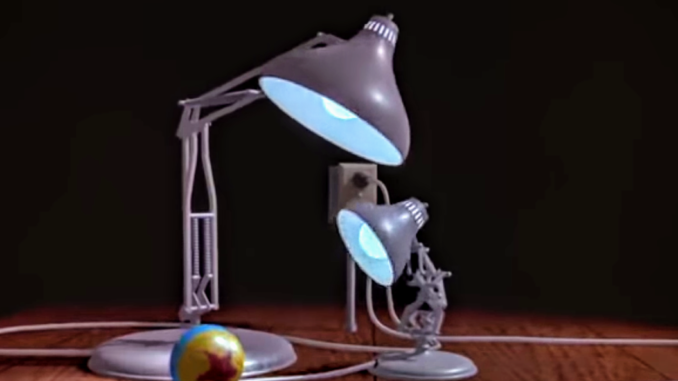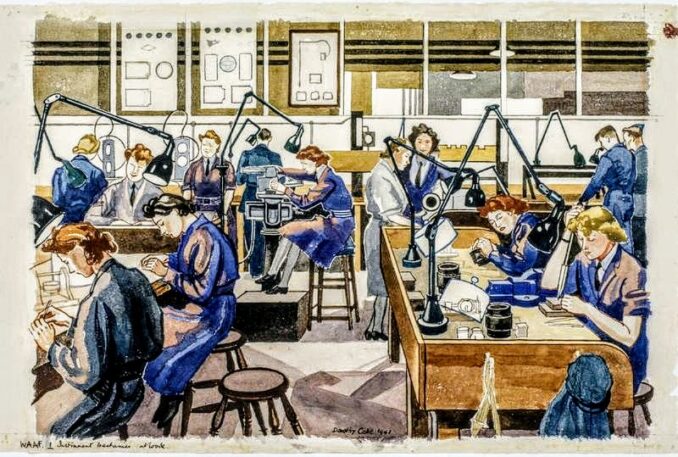
Nearly ninety years ago (1932 to be precise), balanced-arm lamps were invented by British automotive designer George Carwardine. He had been working on a new kind of automobile suspension, and realized the spring arrangement he’d conceived of for cars could be used in other products as well, such as to hold a light perfectly still – without fastening it or clamping it in place. Factory workers could easily use Carwardine’s invention to shine a light where it was most needed, while leaving both hands free for the task in front of them. He setup a small factory manufacturing lamps featuring his balanced-arm innovation, and called it the Anglepoise.
The Anglepoise lamp proved so popular that demand easily outran production. Factories, workshops, doctors, dentists, and homeowners were among those who wanted the Anglepoise. The balanced-arm mechanism was also adapted for other purposes, such as holding a microphone instead of a lamp. By February 1934, Carwardine partnered with a much larger and more experienced manufacturing company to cope with the popularity of their lamp. When World War II started, Anglepoise began building their lamps for military use, notably in bomber aircraft where they were very useful for navigators and radio operators.

Other businesses jumped in with similar designs, although Carwardine had taken the precaution of patenting his design. The most successful of these competitors was (and continues to be) Swedish manufacturer Luxo, whose founder, Jac Jacobsen, designed his version of the balanced-arm lamp in 1937, called the Luxo L-1 lamp.
These lamps were so popular and nostalgic even fifty years later that Pixar Animation Studios created computer-generated characters in the mid-1980s based on the Luxo L-1 lamp, even naming their protagonists, “Luxo” and “Luxo Jr”. Luxo (the Swedish company), was fine with that until 2009 when Pixar (and Disney, which purchased Pixar in 2006) decided to sell their movie “Up” on Blu-ray packaged with Luxo Jr. merchandise. The irritating rub for Luxo (the Swedish company) was that some other company was manufacturing the Luxo Jr. merchandise, and they feared their brand would be hurt since they could not control the quality of the product, which bore the Luxo brand trademark. Naturally, a trademark infringement lawsuit followed which was quickly and confidently settled out of court.
Decades ago in the Art Deco era, the balanced-arm lamp became an easily recognizable icon of classic industrial design. Today, both Anglepoise and Luxo continue to thrive, and while the original lamp designs are still made, the concept has been expanded to include additional features and functions such as a magnifier lens for small work. A couple of these videos are from Anglepoise and Luxo, championing their innovations.
“Pixar Shorts Collection Luxo Jr 1986” (2:05) – This video cannot be embedded, please follow this link to watch it. Opens in a new window or tab.
“L-1 LED: The Story Behind the Iconic L-1 Task Light” (1:19)
“Anglepoise – Abandon Darkness” (1:11)
“Greatest Design – Anglepoise Lamp” (2:28)
